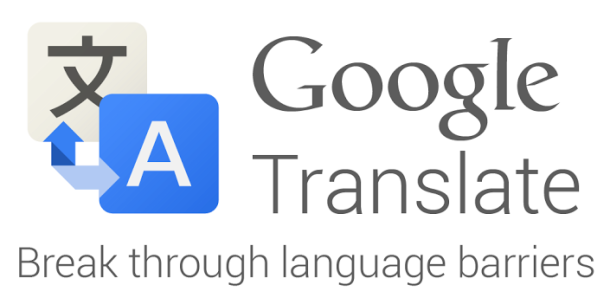
Recently Google added some new features to its applications Google Translate, its web and app-based automatic translation service, but how does it compare to human translation services?
In the Verbalink test, the translation abilities of two Spanish translators, Adrianna and Gaby, were compared against Google Translate. The first section of the test compared translations of a document about Argentina’s National Beekeeping Council from Spanish to English. The second part of the test was a translation of one minute of spoken audio form Spanish to English. The results were judged on word choice, grammar, syntax, and accuracy and comprehension. What were the results did the humans or machines win?
On the first test with document translation, Adriana was able to translate all the words and sentences without losing the overall meaning of the document. She was able to give more attention to word choices and meanings keeping the document as accurate as possible. The humans had an excellent grasp of the words, grammar and syntax to do an accurate professional job.
Google Translate did a good job of providing a general understanding of the document and was useful for a general idea of what the document means. However, sentences were disjointed and the grammar was often lost and had to be corrected to be easily readable.
Google Translate also fared surprisingly well in the translation of the audio from Spanish to English, offering a similar level of comprehension and offering the reader the general gist of the words spoken. However, both Adrianna and Gaby were more easily able to pick up the variation in dialects and local pronunciation, and could offer a more complete translation.


